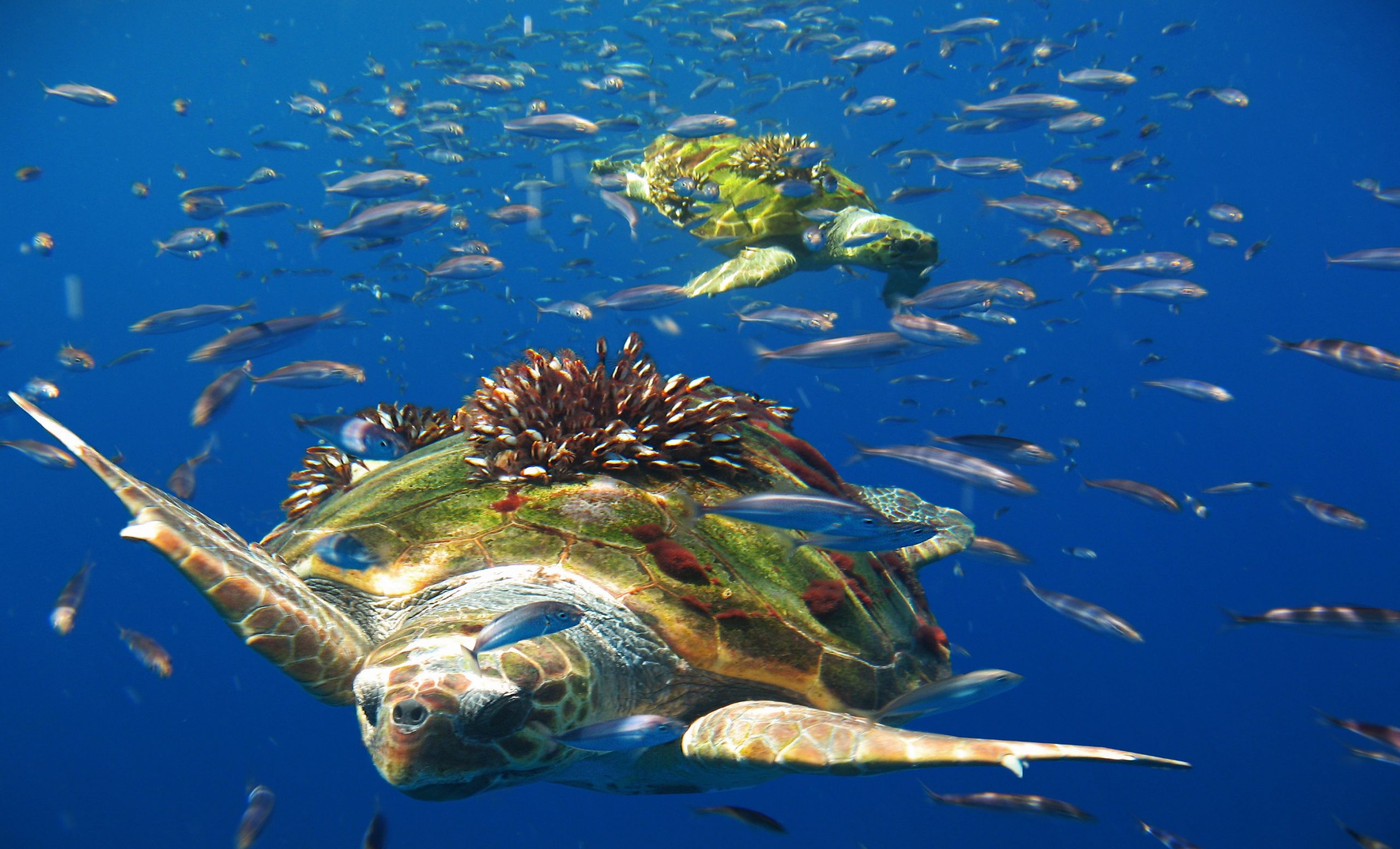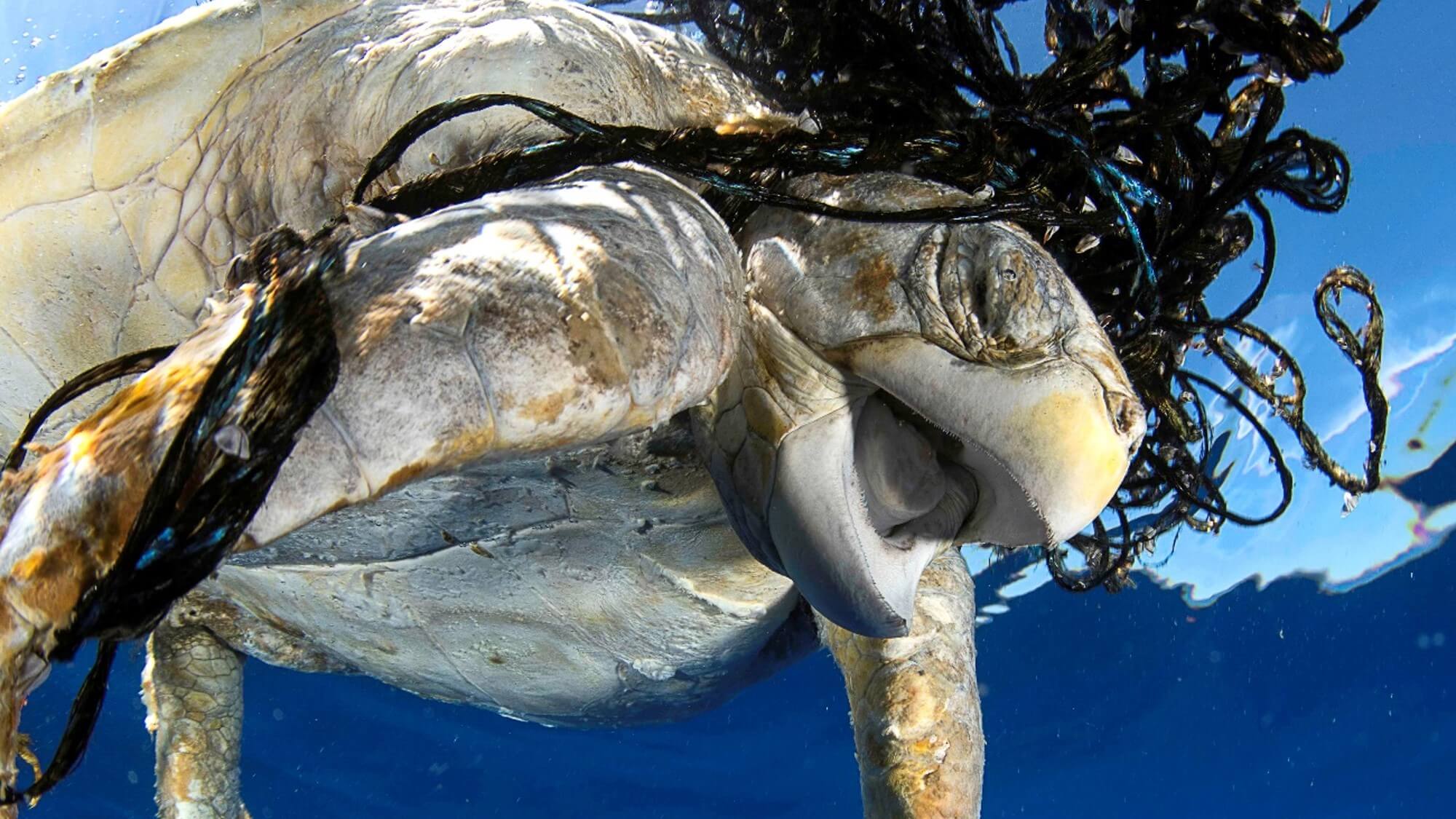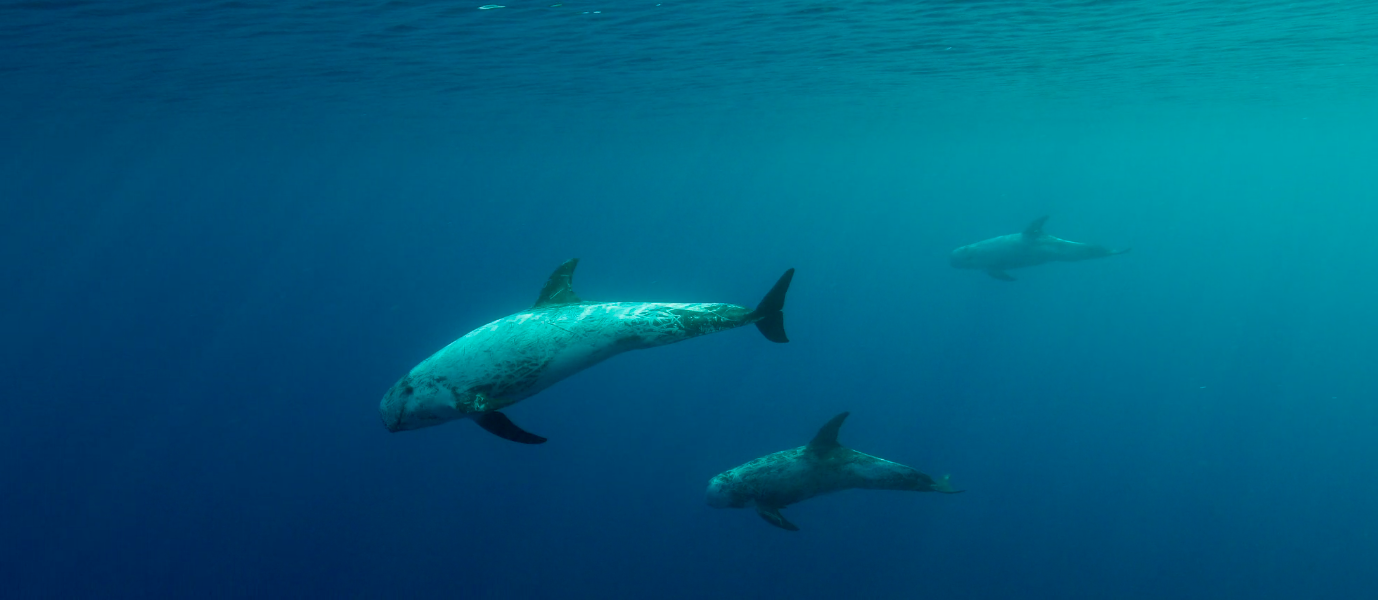
OASIS – Turtle Oceanographers” In 2002 we began implementing NOAA and Stanford University – Tag a Giant’s vision of “animal oceanographers” which consists in using highly mobile marine animals as “oceanographers of opportunity” integrating their telemetry data in the Integrated Ocean Observation and Forecasting Systems (IOOS). The results of the modelling of this data can be used to design MPAs and develop management schemes in diverse sectors (energy, fishing, transport, tourism, etc.) to mitigate risks.

MED GHOST FADs: In the summer of 2019 our surveys retrieved over 120 Ghost FADs in just 90 days to the south of the Balearic Islands, and the rise of these artefacts made us begin mobilising experts and institutions for an urgent basin-wide concerned effort to mitigate this particular risk. To tackle the threat of ghost fishing in the open sea, and in particular ghost FADs, we are acquiring data to inform relevant authorities and management bodies. Our aim is to map the core sites of Ghost FAD production, identifying the key factors of risk. To achieve this, we need the collaboration between research and conservation institutions, fisheries, marine fauna recovery centres and port authorities.

Offshore Risso’s Project: The Grampus or Risso’s dolphin (Grampus griseus, Cuvier 1812), known primarily as the “calderón gris” in Castilian Spanish and “cap d’olla gris” in Catalonian, is the fifth largest species of delphinid, normally inhabiting tropical and warm temperature latitudes. In the Mediterranean they are widespread but not abundant, with occurrence and movements still poorly known. This lack of robust data is why the IUCN Red List classed the Risso’s dolphins as “Data Deficient” in the region, until November 2021 when the conservation status changed to “Endangered”. Alnitak began monitoring the local population of the Balearic Islands in 2018.


